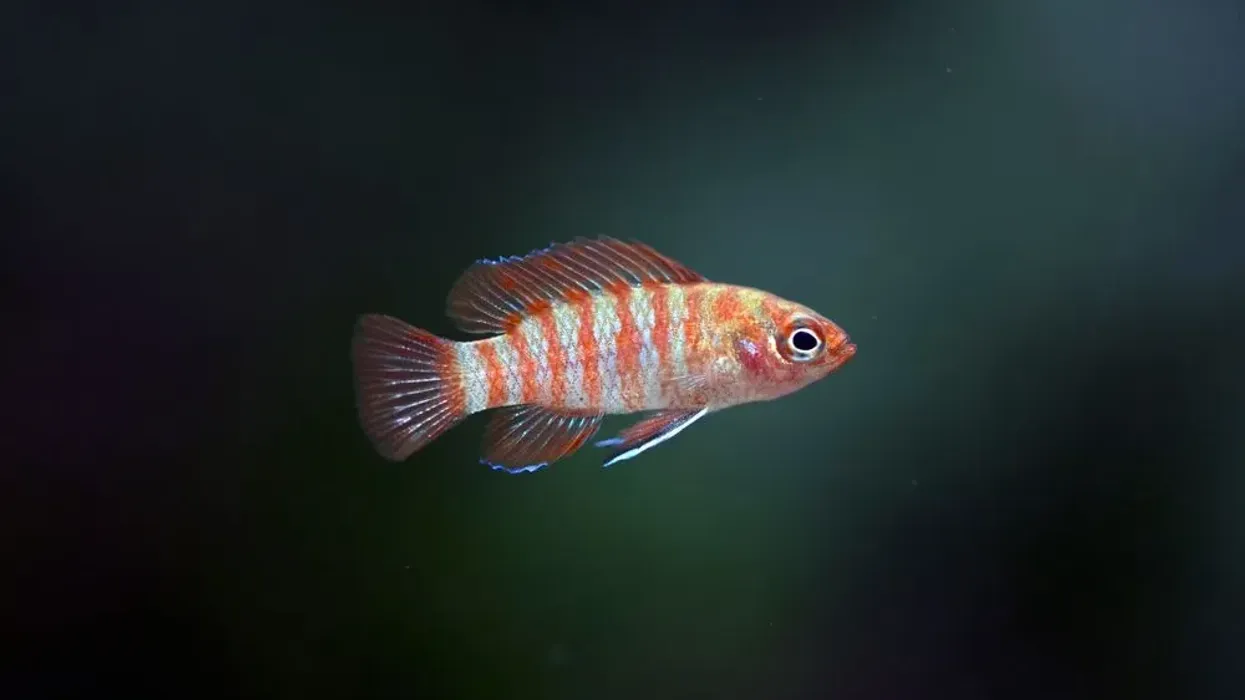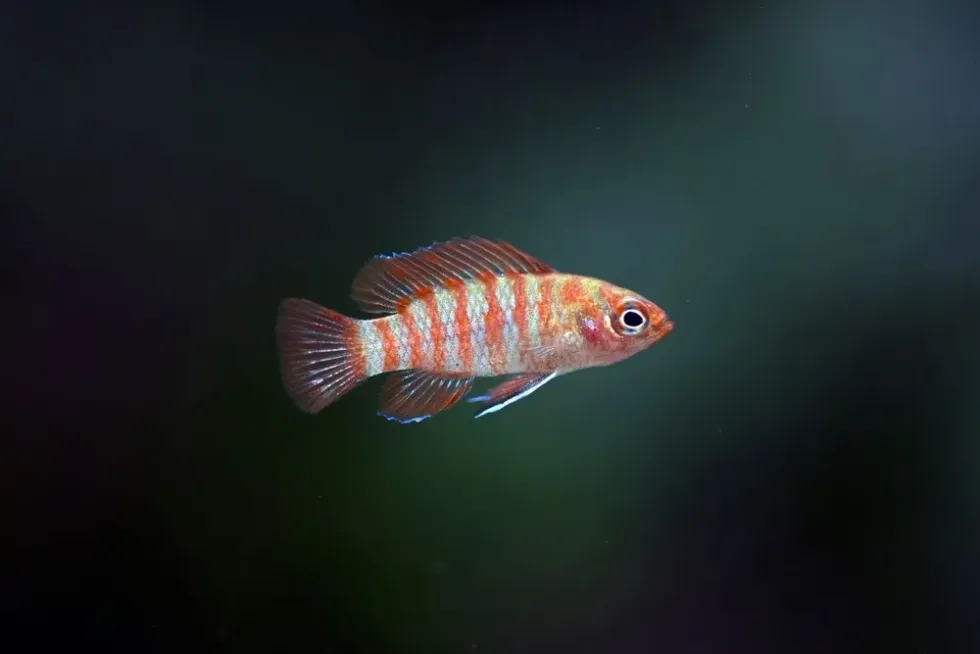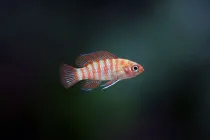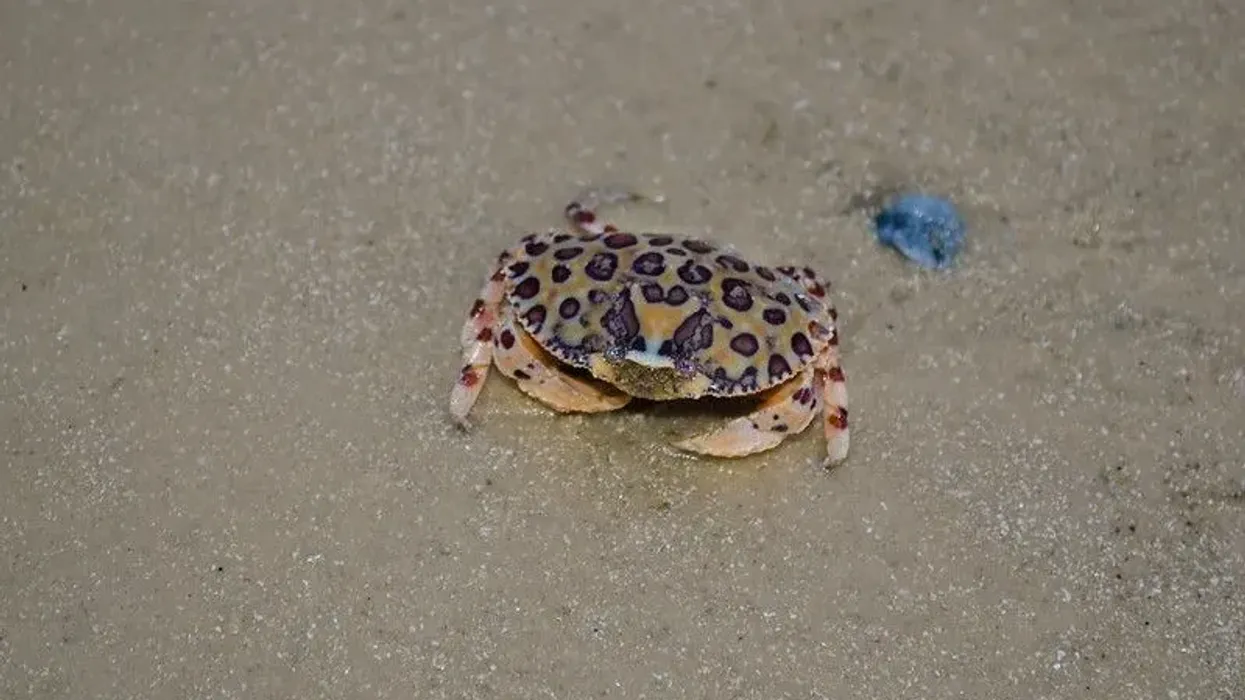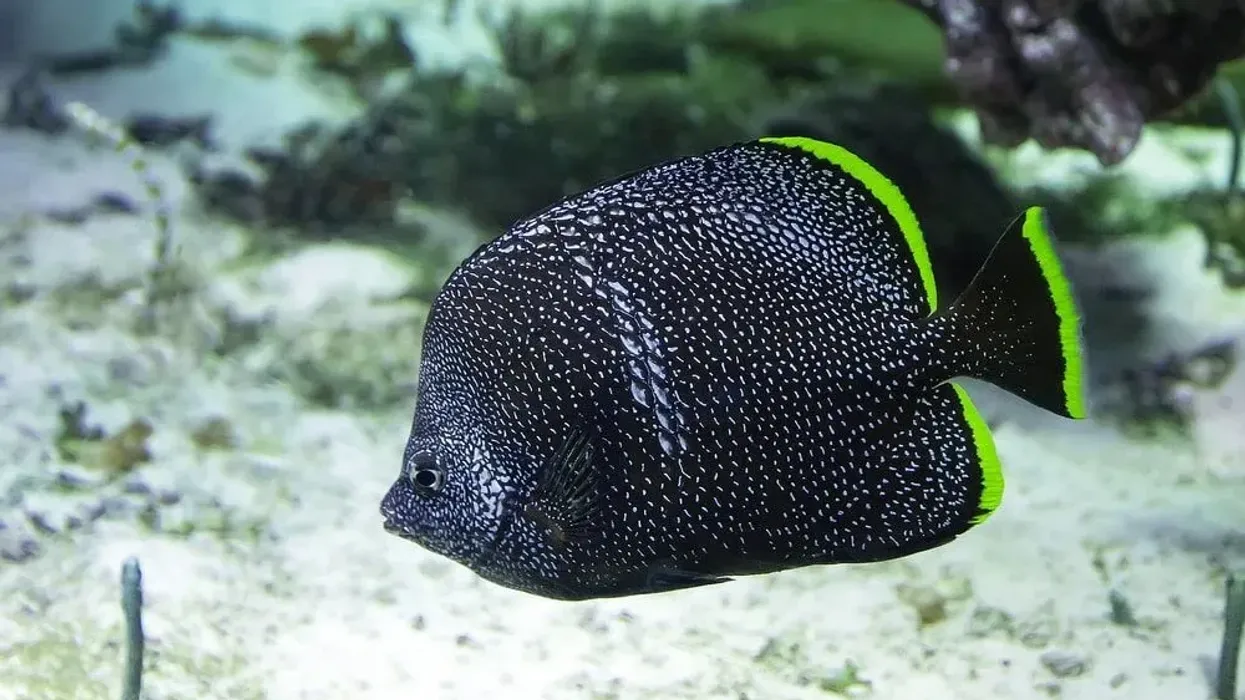Fun Scarlet Badis Facts For Kids
Are you a fish lover? Then you are most definitely going to enjoy this special fish called the Scarlet Badis (Dario dario).
It is often a common mistake owing to their bright colors that they are considered cichlids, but they are not as the Scarlet Badis belongs to the Badidae family. Though these fish can become aggressive to few other fish species, they are in general peaceful species and can gel well with other aquarium fishes that are tank mates.
Thus, overall the Scarlet Badis behavior goes well for an aquarium fish.
Despite being tiny in nature, these fishes can be exceptionally hardy and thus has a significantly large lifespan in comparison with other fishes of similar size. While keeping as a pet, one male should be kept in the company of many female fishes.
Though these fishes are kept in fish tanks and aquariums as pets, often the breeding and spawning of these fishes are produced in a high margin to meet the demands of the pet market. If you are fond of pet fish that feed on frozen foods like the Scarlet Badis, do also check out Denison Barb.
In this article, you will find all the information about the minimum tank size and why a suitable tank size is required to house them.
If you find out content interesting, then do check out giant grouper and leopard wrasse.
Scarlet Badis Interesting Facts
What type of animal is a Scarlet Badis?
The Scarlet Badis (Dario dario) is a type of freshwater fish that belongs to the Badidae family.
What class of animal does a Scarlet Badis belong to?
Just like any other bony fish, the Scarlet Badis (Dario dario) too belongs to the class of Actinopterygii of the Animalia kingdom.
How many Scarlet Badis are there in the world?
The exact population of Scalet Badis (Dario dario) in the entire world is challenging to assume. The geographical location of these particular fish can be concentrated in the Eastern regions of India.
Moreover, this fish is often kept in households as aquarium fish and can be great tank mates to other fishes. Thus the exact population number of this species cannot be estimated. Since these fishes are found in abundance, it can be assumed that there is no imminent threat to the population of this species of fish.
Where does a Scarlet Badis live?
The Scarlet Badis (Dario dario) is a freshwater fish that is exclusively found in the tributaries and the dis-tributaries of the Bramhaputra river. The location of this river leads to these fishes being found in abundance in the region of Bengal as well as in Assam.
However, it can also be assumed that these fishes can be found further up north in Bhutan.
What is a Scarlet Badis's habitat?
This freshwater fish is mainly found in the aquatic systems where the temperature is neither too hot not nor too cold, i.e. temperate climatic zones.
As for their natural habitat, these fish tend to prefer living in aquatic bodies where there is an abundance of fresh vegetation. Thus the ideal place to find these fishes would be clear streams with dense vegetation, as well as water systems that are shallow and are known to have sand and gravel as the base.
Moreover, as these fish are kept as pets, household tanks and aquariums can also be considered as a substantial part of their habitat.
When kept in captivity, the ideal Scarlet Badis tank size is around 5 gal (18.9 l). In addition, in an aquarium, the suitable Scarlet Badis temperature of the water should be around 72-79° F (22.2-26.1° C)
Who do Scarlet Badis fish live with?
Owing to very limited information being found on these species of fishes, it is very difficult to assume how these fishes live in their natural environment.
However, when these fish are kept in an aquarium at home, these fishes tend to live peacefully in groups. If these fish are kept in a small tank or aquarium, then only one male Scarlet Badis should be kept with a wide number of females.
In case it is a large tank or aquarium, then a number of male Scarlet Badis can inhibit peacefully.
How long does a Scarlet Badis live?
It can be estimated that the average lifespan of the Scarlet Badis is roughly around four to six years when kept in captivity. Their lifespan in natural conditions is yet to be determined.
However, it should be kept in mind that the lifespan of these fishes largely depends on the care and the treatment which they receive while kept in captivity.
How do they reproduce?
Not much information is known about the processes behind Scarlet Badis breeding. However, these fish are extensively bred in homes and labs for the pet industry.
Though these fish can be bred in either acidic and alkaline waters, the former is usually preferred while breeding Scarlet Badis.
A proper environment inside the tank is required for the breeding to take place for the males and the females. High vegetation is usually placed as these fishes have the habit of laying eggs on leaves and on plants.
Before the process of breeding, the courtship between the males and the females is observed as the male fish is known to attract the female Scarlet Badis by vividly displaying its colors and body movement.
If the female sex isn't impressed, then the males resort to chasing her away by attacking her. However, if the couple becomes ready, they embrace together as is common in many fishes.
Approximately 80 eggs are laid by the females before the males force them away to protect and defend their territory.
The incubation takes place in a couple of days but can extend up to a week, during which the egg yolk sac develops. The fry is tiny and can be found swimming in the tank, where they turn into juveniles very quickly.
What is their conservation status?
The conservation status of the Scarlet Badis as per the International Union for Conservation of Nature or the IUCN Red List as Data Deficient. The population trend of this freshwater species is also unknown.
As a result of the very limited data, it is difficult to assume the threats that this fish faces. However, since this is an aquarium fish, extensive breeding can often pose harm to them. In big fish tanks, larger predatory fishes are posses a definite threat for these little fishes.
Scarlet Badis Fun Facts
What does Scarlet Badis look like?
The Scarlet Badis is a very colorful fish and there is high sexual dimorphism among both the genders of the species. Sexual dimorphism refers to the condition where the two sexes, i.e. the males and the females, are different in size, shape, and color from one another.
The males of these species are larger than the females. While the males are reddish or rusty brown in color, the females are silvery-gray. Several bands of colors and blue lines are observed on the body that extends to the fins.
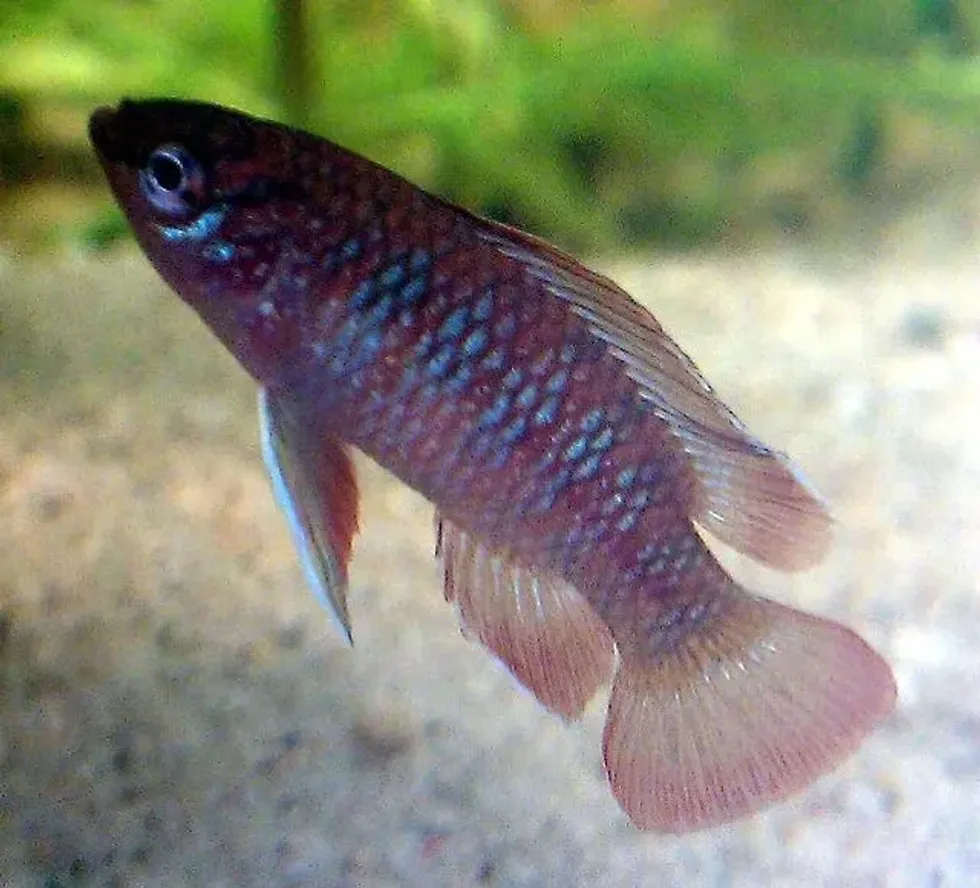
How cute are they?
It is often seen that the tiniest of creatures are often one of the cutest of all. And such is also the case for the Scarlet Badis.
Though this fish is extremely small and tiny in size, it is extremely cute to look at. The pale reddish color of this fish makes it more adorable and a perfect fit in anybody's aquarium along with its peaceful nature.
How do they communicate?
Due to a lack of research and data, there is very limited information about how these fish communicate with one another. However, we can make an assumption based on how fish generally communicate.
The majority of communication of fish is based on their movement, gesture, and body behavior. Fish are also known to communicate by releasing chemicals like pheromones that can be assessed by the sense of taste and smell.
How big is a Scarlet Badis?
Most people classify the Scarlet Badis size as small. It is a small fish or a nano fish and its length lies in the range of 0.5-0.8 in (1.3-2 cm). In comparison to Pacific Salmon 19.6-59 in (50-150 cm), Scarlet Badis is 50 times smaller.
How fast can a Scarlet Badis swim?
Owing to a shortage of data and research work, the exact speed at which these fishes swim is not known. However, as they are favorable pet fishes, we can make an assumption of their speed.
The Scarlet Badis is a peaceful fish and thus is also a peaceful swimmer. It rarely gets into fights with other fishes and can be seen swimming to and fro in between leaves and plants inside a fish tank or an aquarium.
How much does a Scarlet Badis weigh?
A nano fish like the Scarlet Badis has very little weight. Their weight is almost negligible. However, in certain cases, it has been found that these fish weigh around 0.09 oz or 2.6 g. They are almost similar to the Cherry Barb that weighs (0.05 oz or 1.5 g).
What are the male and female names of the species?
There is no special name that has been assigned to the Scarlet Badis. Like all other fish, both the male species as well as the female species are referred to as fish.
What would you call a baby Scarlet Badis?
Similar to other fish, a baby fish is called a fry. Therefore in the case of the Scarlet Badis, the baby fish would be termed as a Scarlet Badis fry.
What do they eat?
The Scarlet Badis are small fish; however, this tiny fish is a predator or, more accurately, micro predator. A wide range of tiny animals become a part of the Scarlet Badis diet.
These include the likes of zooplankton, small worms, tiny crustaceans like shrimps, and other insects. While keeping them at home. You should feed them either live or frozen foods as part of their food diet just like Denison Barb.
Are they aggressive?
The natural behavior of the Scarlet Badis depicts them to be shy and peace-loving fish. However, this fish can become extremely aggressive at times.
Despite being such tiny fish, they are often intimated by larger fish that are more active in the waters. Therefore this fish can become aggressive to fish of the same species as well as other fishes of different species. The combination of Scarlet Badis with betta fish will be a terrible combination within an aquarium.
You also shouldn't keep Scarlet Badis and shrimp specimens together as they are part of the Scarlet Badis' food. Gouramis can make for good tank mates of this species.
Would they make a good pet?
Yes absolutely. The Scarlet Badis is an excellent pet and is kept in jars, fish tanks, and aquariums in many regions of the Indian subcontinent. Owing to the high demand these fishes are often extensively bred.
Did you know...
Though the Scarlet Badis is a friendly fish it is absolutely a bad idea to keep these fishes with bettas. The bettas are larger fishes, and in competition with the tiny Scarlet Badis, the former, i.e. the bettas, will easily overpower the latter in terms of food as well as living space.
Scarlet Badis care
The Scarlet Badis is a widely popular aquarium fish or more accurately, hugely popular in the nano aquarium. For implementing proper Scarlet Badis care, sufficient space should be provided for this small fish along with good water quality.
A nano tank with a lot of hiding spots or hiding places should be deemed as the perfect living condition. Though the temperament of these fishes is quite high, proper water conditions like the hardness of water, water quality, or the temperature play a vital role in the well-being of the fish.
Apart from these water conditions, water parameters should also be maintained for these species of fish.
Eggs need to be hidden at the perfect spot so that it avoids the eye of the predators. As for feeding, live food like shrimp, worms, or brine shrimp can be feed to these micro predators along with food pellets.
How long can Scarlet Badis go without food?
Unfortunately, there aren't any definitive answers to this question.
Here at Kidadl, we have carefully created lots of interesting family-friendly animal facts for everyone to discover! Learn more about some other fish from our finger coral facts and longnose hawkfish facts pages.
You can even occupy yourself at home by coloring in one of our free printable scarlet badis coloring pages.
We Want Your Photos!
More for You
See All
Bachelor of Arts specializing in Journalism and Mass Communication, Postgraduate Diploma in Sports Management

Moumita DuttaBachelor of Arts specializing in Journalism and Mass Communication, Postgraduate Diploma in Sports Management
A content writer and editor with a passion for sports, Moumita has honed her skills in producing compelling match reports and stories about sporting heroes. She holds a degree in Journalism and Mass Communication from the Indian Institute of Social Welfare and Business Management, Calcutta University, alongside a postgraduate diploma in Sports Management.
Disclaimer
1) Kidadl is independent and to make our service free to you the reader we are supported by advertising. We hope you love our recommendations for products and services! What we suggest is selected independently by the Kidadl team. If you purchase using the Buy Now button we may earn a small commission. This does not influence our choices. Prices are correct and items are available at the time the article was published but we cannot guarantee that on the time of reading. Please note that Kidadl is a participant in the Amazon Services LLC Associates Program, an affiliate advertising program designed to provide a means for sites to earn advertising fees by advertising and linking to Amazon. We also link to other websites, but are not responsible for their content.
2) At Kidadl, we strive to recommend the very best activities and events. We will always aim to give you accurate information at the date of publication - however, information does change, so it’s important you do your own research, double-check and make the decision that is right for your family. We recognise that not all activities and ideas are appropriate for all children and families or in all circumstances. Our recommended activities are based on age but these are a guide. We recommend that these ideas are used as inspiration, that ideas are undertaken with appropriate adult supervision, and that each adult uses their own discretion and knowledge of their children to consider the safety and suitability. Kidadl cannot accept liability for the execution of these ideas, and parental supervision is advised at all times, as safety is paramount. Anyone using the information provided by Kidadl does so at their own risk and we can not accept liability if things go wrong.
3) Because we are an educational resource, we have quotes and facts about a range of historical and modern figures. We do not endorse the actions of or rhetoric of all the people included in these collections, but we think they are important for growing minds to learn about under the guidance of parents or guardians.
